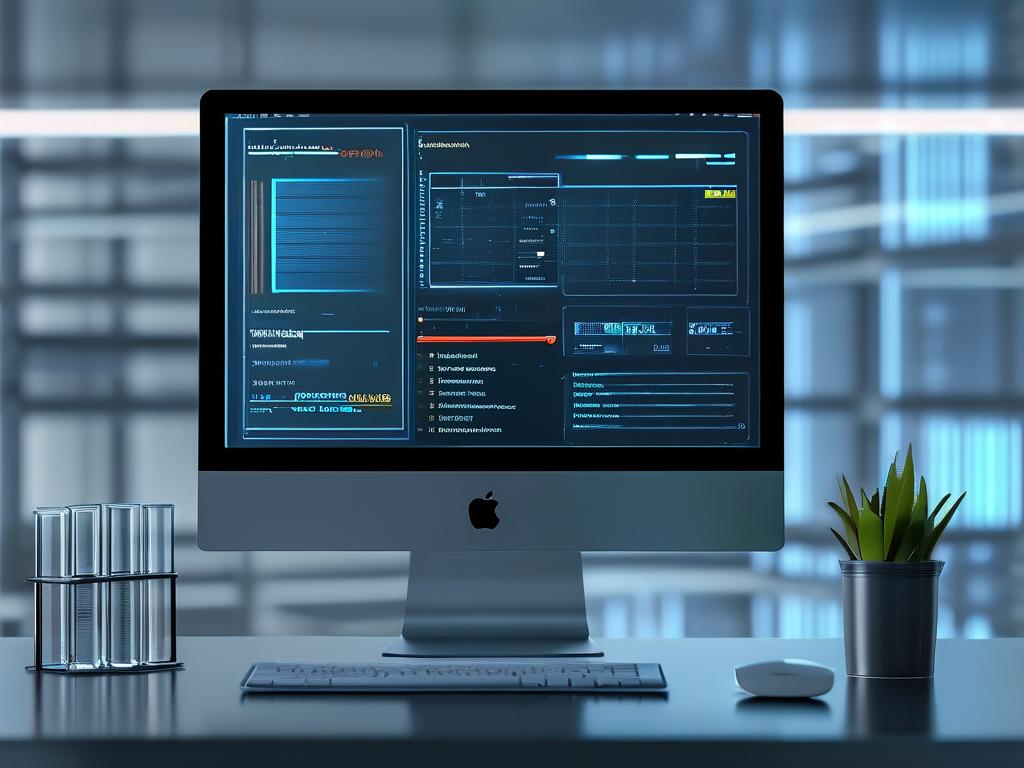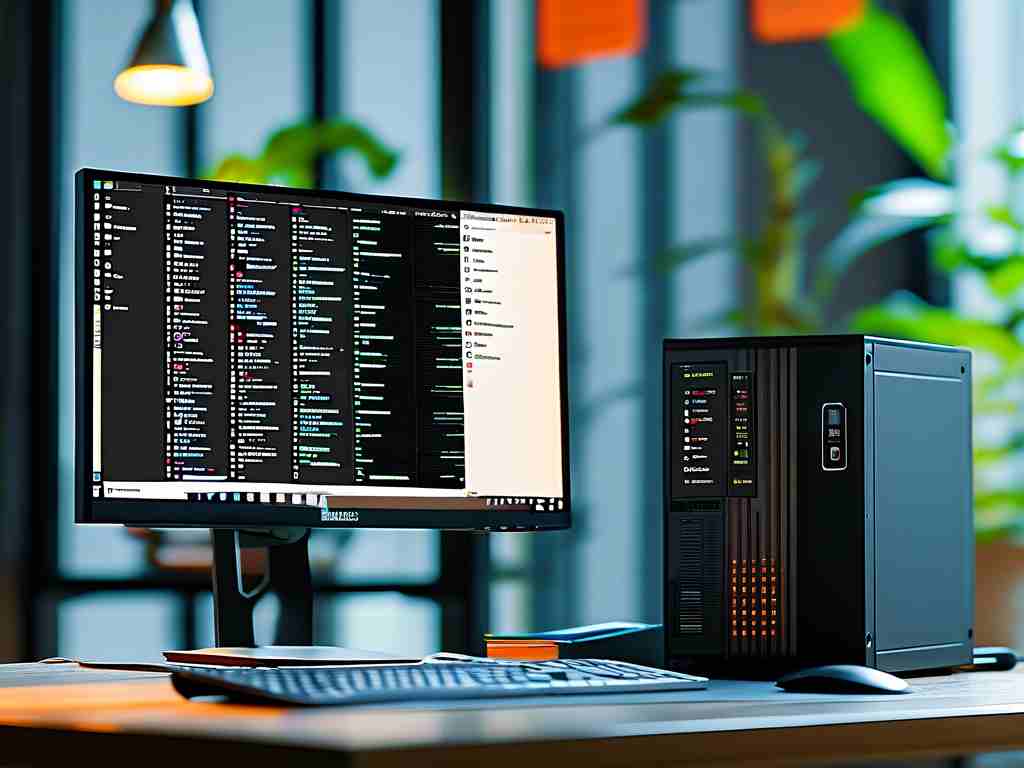In today’s fast-paced digital environment, efficient memory management is critical for maintaining system stability and performance. Whether you’re a casual user or a tech professional, leveraging specialized software can help optimize RAM usage, reduce lag, and extend hardware lifespan. This article explores popular memory management tools, their unique features, and practical applications to help you choose the right solution.

One widely recognized tool is CCleaner Professional, developed by Piriform. While primarily known for cleaning junk files, its advanced memory optimization module monitors RAM allocation in real time. Users can customize thresholds to automatically free up unused memory, making it ideal for multitasking on older devices. Another contender is Wise Memory Optimizer, a lightweight application designed for simplicity. It provides a one-click optimization feature that compresses background processes without requiring technical expertise—perfect for non-tech-savvy individuals seeking instant performance improvements.
For gamers and content creators, Razer Cortex stands out by prioritizing resource allocation for high-demand applications. By temporarily suspending non-essential services, it ensures smoother gameplay and faster rendering times. Similarly, AVG TuneUp integrates memory management with broader system maintenance, offering automated background optimizations alongside disk cleanup and software updaters—a holistic approach for comprehensive PC care.
Enterprise environments often rely on Sysinternals RAMMap, a Microsoft-backed utility favored by IT administrators. This tool provides granular insights into memory usage patterns, allowing experts to identify memory leaks or misconfigured applications. While its interface may seem intimidating to beginners, its diagnostic capabilities are unmatched for troubleshooting complex systems.
Open-source enthusiasts might prefer MemReduct, a portable tool that supports both Windows 10 and 11. Its minimalistic design consumes negligible resources while offering customizable triggers—such as clearing memory when usage exceeds 80%—to prevent crashes during intensive tasks like video editing. Meanwhile, Ashampoo WinOptimizer combines memory tweaking with privacy tools, including secure file deletion and browser history cleanup, appealing to privacy-conscious users.
When selecting memory management software, consider factors like compatibility, automation level, and additional features. Tools with real-time monitoring suit power users, while set-and-forget options benefit those seeking hands-off maintenance. Additionally, verify if the software supports your operating system version, as outdated utilities may cause compatibility issues.
A common misconception is that memory optimizers can substitute hardware upgrades. While these tools maximize existing resources, they cannot overcome physical limitations of insufficient RAM. For instance, a system with 4GB RAM running modern applications will still struggle despite optimization. Therefore, use such software as part of a broader strategy that includes hardware assessments and regular maintenance.
To validate effectiveness, run benchmark tests before and after optimization. Tools like UserBenchmark or PassMark can quantify performance gains, helping you decide whether a specific solution delivers tangible benefits. Be wary of "miracle" software claiming unrealistic improvements—legitimate tools provide modest but measurable enhancements.
In , memory management software serves as a valuable ally in maintaining system efficiency. From user-friendly interfaces to advanced diagnostics, diverse options cater to varying needs and skill levels. By integrating these tools into your workflow, you can mitigate slowdowns, enhance productivity, and prolong device longevity—all while minimizing manual intervention.









